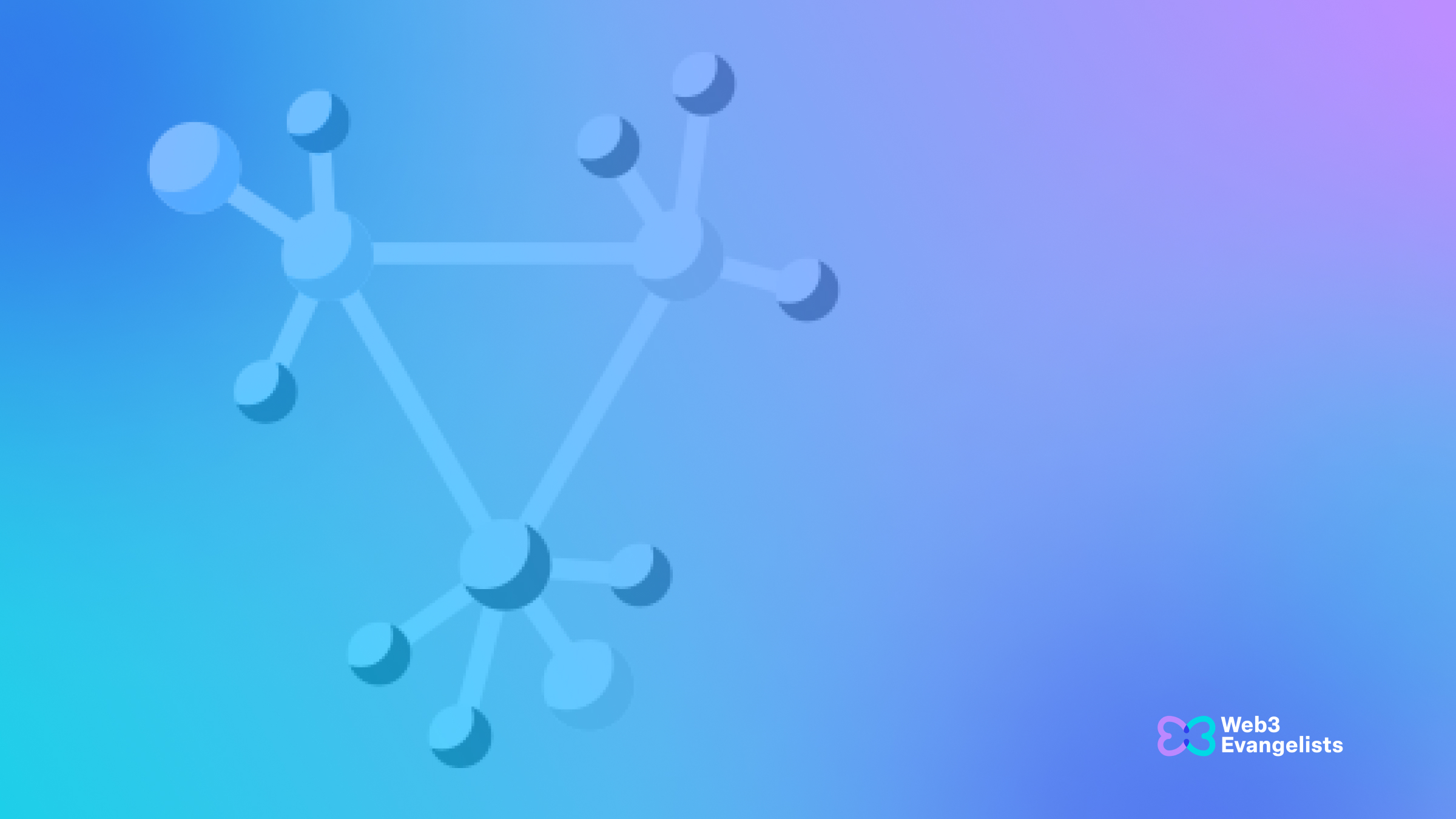

”AI is digital knowledge, and knowledge might be the number one construct of the digital world that deserves to be decentralized.” - Jesus Rodriguez, IntoTheBlock
Decentralizing AI is of paramount importance in the contemporary technological landscape. Centralized control over artificial intelligence, whether it be in terms of computational resources, data ownership, or decision-making processes, poses significant risks. Decentralization fosters transparency, reducing the opacity surrounding AI model training, data usage, and evaluation. It mitigates the potential for undue influence and monopolistic control by a few major players, democratizing access to AI capabilities. By involving a diverse set of stakeholders and contributors, decentralization promotes innovation and ensures AI aligns better with a broader spectrum of human interests and values. It also enhances the robustness and resilience of AI systems by reducing their vulnerability to single points of failure. Ultimately, decentralizing AI empowers individuals, organizations, and communities, ushering in a more equitable and accountable era for artificial intelligence.
Decentralizing AI is a formidable challenge due to a multitude of technical, economic, and practical hurdles. First and foremost, the computational power required for AI training and inference often necessitates centralized data centers with immense resources, making it logistically complex to distribute this processing across decentralized networks efficiently. Data decentralization faces issues of privacy, security, and quality control, which are difficult to address without central oversight. The optimization and evaluation dimensions demand stringent quality control and coordination that can be challenging to achieve in a decentralized model. Furthermore, overcoming existing economic incentives and power structures favoring centralized AI ecosystems is no small feat. Achieving decentralization requires trust, cooperation, and novel governance frameworks among participants. In essence, while decentralizing AI offers a plethora of benefits, the complexities of realigning existing infrastructures, power dynamics, and technical architectures present significant barriers to its widespread adoption.
The challenge of decentralizing AI may be complex, but in theory, innovation from web3 and AI engineers can get us there. It’s best to look at the problem from it’s component parts, to better understand what decentralized AI would look like.
The ways AI can be decentralized can be broken down into several dimensions:
These dimensions emphasize the importance of decentralization at various stages of AI development and deployment, from computation and data to optimization, evaluation, and model execution. Decentralization in these areas can improve transparency, reduce central control, and encourage broader participation in the AI ecosystem.
Stay Connected!
Don't miss out on anything as we embark on this incredible adventure. Follow us on all our social media channels, join us on this journey, and be a proud Web3 Evangelist!
Join us today and be a part of the Web3 revolution!
W3E Telegram groups